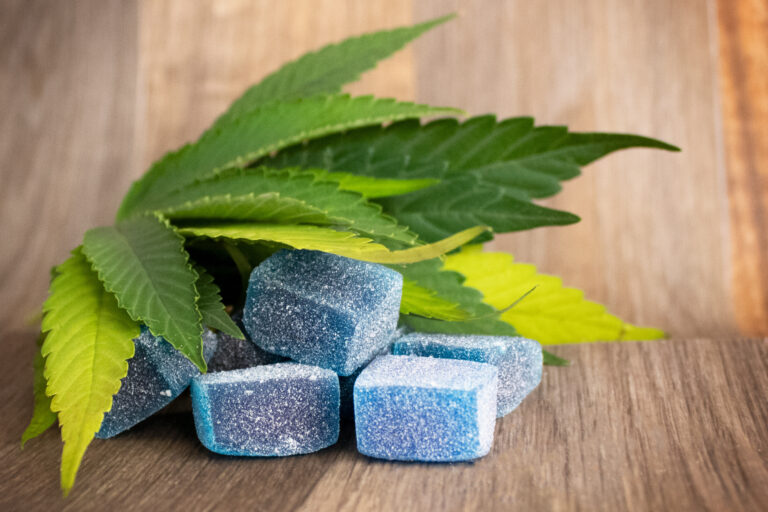With cannabis edibles still considered to be federally illegal in the U.S., there are no nationwide regulations or requirements for food or cannabinoid safety. But that does not mean that producers are not obligated to provide safe products or that you won’t be held liable if a food safety issue causes an outbreak or even a death.
With September being Food Safety Education month, it’s a good time for cannabis producers – of edibles or any other ingestible product – to take a fresh look at your operations to ensure you are implementing practices and educating workers on food safety.
A great way to do this is to follow the federal food safety standards and regulations. This will not only help improve your operational practices, it will also help ensure you are better prepared for the day that cannabinoid-containing foods become federally legal and your edibles become regulated by FDA.
As such, some of the federal food standards and practices that cannabis producers should consider for implementation, as applicable, include:
- Good Agricultural Practices (GAPs). With a primary purpose of ensuring that agricultural products are produced, packed, handled, and stored to minimize risks of microbial food safety hazards, the implementation of GAP standards by growers helps to ensure that the cannabis is safe from the start, whether it is to be further processed or sold direct to consumers. For GAPs, the food safety practices focus primarily on those related to the water use, worker health and hygiene, and sanitation (in the field, the facility, packing and transportation).
- Good Manufacturing Practices (GMPs). While GAPs focus on grower operations, GMPs are relevant to the manufacturing operations. The key provisions of a GMP program include personal hygiene of the workers; the sanitary maintenance, layout, and operations of the facility and grounds; the design, construction, and maintenance of equipment and utensils so as to ensure sanitary conditions; and the production and process controls for food safety.
- Cannabis HACCP. HACCP (Hazard Analysis Critical Control Point) is defined by FDA as “a management system in which food safety is addressed through the analysis and control of biological, chemical, and physical hazards from raw material production, procurement and handling, to manufacturing, distribution and consumption of the finished product.” The seven principles of HACCP (click here for details on each) provide a systematic approach to the identification, evaluation, and control of food safety hazards.
Developing an understanding of the above practices and standards, then implementing them in your operations are the first steps in ensuring that consumption of your products is safe. The next step is training your workforce on the implemented practices and educating them on why the food safety practices are important. And what better time to start an education program – or reeducate your workers than during Food Safety Education Month?!
Food Safety Education Month was created by the National Restaurant Association in 1994 because everyone in the supply chain – from grower to consumer – can make or break food safety, so everyone needs to understand their role in and take responsibility for preventing foodborne illness. When it comes to cannabis products, product safety extends even further as consideration needs to be made, not just for the safety of the food itself, but also for the extraction and potency of the cannabinoids.
For more information on best practices in cannabis and hemp production, visit hash.achesongroup.com, or give TAG experts a call.





